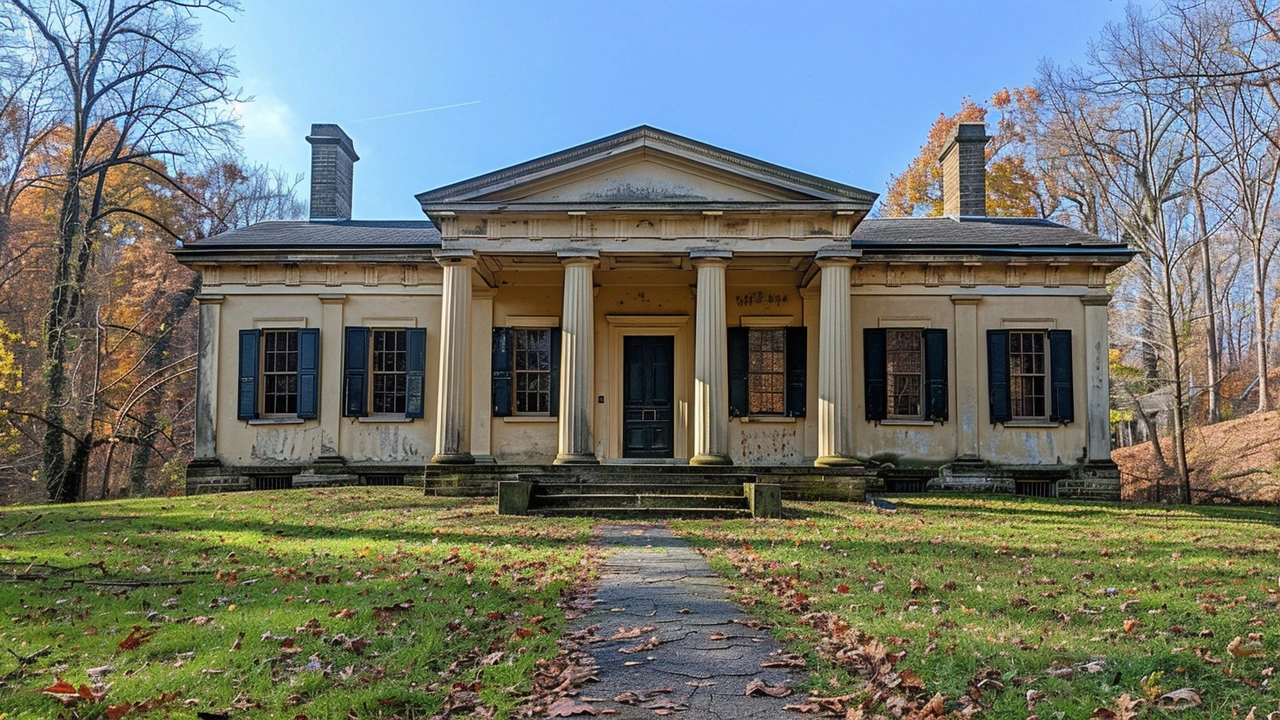Greek Revival Architecture is a style that draws inspiration from the classical architecture of ancient Greece. Popular in the 19th century, it features elements like tall columns, painted friezes, and symmetrical shapes. This architectural style is not only visually striking but also embodies a rich historical narrative. Greek Revival buildings can be found in many regions, notably in the United States, where they reflect the aspirations and cultural values of the time.
Greek Revival Architecture: What to Look For and How to Care for It
By the early 19th century, builders in the United States and Europe borrowed directly from ancient Greece. Greek Revival became a go-to style for courthouses, banks, and homes because it looked solid, honest, and democratic. If you love classic columns and bold pediments, this style is why those details still feel familiar today.
Key features to spot
Start with the big visual cues. Greek Revival buildings usually have a strong pedimented gable or a full-width portico with columns that read as Greek orders: Doric, Ionic, or simplified versions of them. Look for a wide entablature—the horizontal band above columns—and plain friezes. Walls are often smooth, painted white or light colors to imitate marble. Windows tend to be tall, double-hung, and symmetrically placed. Many examples use a gable-front orientation, where the roof’s triangle faces the street like a Greek temple.
Smaller details matter too. Door surrounds often include sidelights and a transom, pilasters frame entrances, and the cornice is usually bold with a clear horizontal line. In the U.S., Greek Revival peaked roughly between 1825 and 1860, so check build dates when identifying originals.
Practical preservation & renovation tips
If you own or work on a Greek Revival building, focus on preserving proportions and profiles. Replace rotten wood with matching dimensions and keep column diameters and capitals faithful to the original. A common mistake is swapping slender modern columns for the thicker, heavier originals—wrong scale kills the style.
Paint choices matter. Light, neutral tones keep the intended temple look. Use breathable exterior paints over old wood or masonry; modern oil-based coatings can trap moisture and cause rot. For masonry, repoint with mortar that matches the original in strength and color—too-hard modern mixes crack older bricks.
Energy upgrades are fine if done discreetly. Install insulation in attics and basements first, add storm windows that fit inside existing frames, and hide HVAC equipment where it won’t break the facade lines. Replace windows only when necessary; if you must, match muntin patterns, sash proportions, and glazing size.
Document everything before work begins: take measured photos, save samples of trim, and note paint layers. Local historical societies or preservation offices often have records that help match missing details. When in doubt, consult a contractor experienced with historic work—small errors on trim profiles or column bases are very visible and costly to fix later.
Want to spot great examples? Walk civic centers, older college campuses, and 19th-century neighborhoods in New England, the South, or parts of the Midwest. Those places show how Greek Revival scaled from grand public buildings to modest homes.
Careful preservation keeps the strong, simple spirit of Greek Revival alive. Keep proportions correct, match materials, and prioritize repairs that prevent further damage—those steps protect both the look and the value of these classic buildings.
Discover the timeless beauty and distinctive characteristics of Greek Revival architecture in this detailed exploration. Learn about the historical context that led to its popularity, the signature design elements that define this style, and where to find some of the most impressive examples today. This article will guide you through the understanding of Greek Revival architecture and how it continues to influence modern structures.


